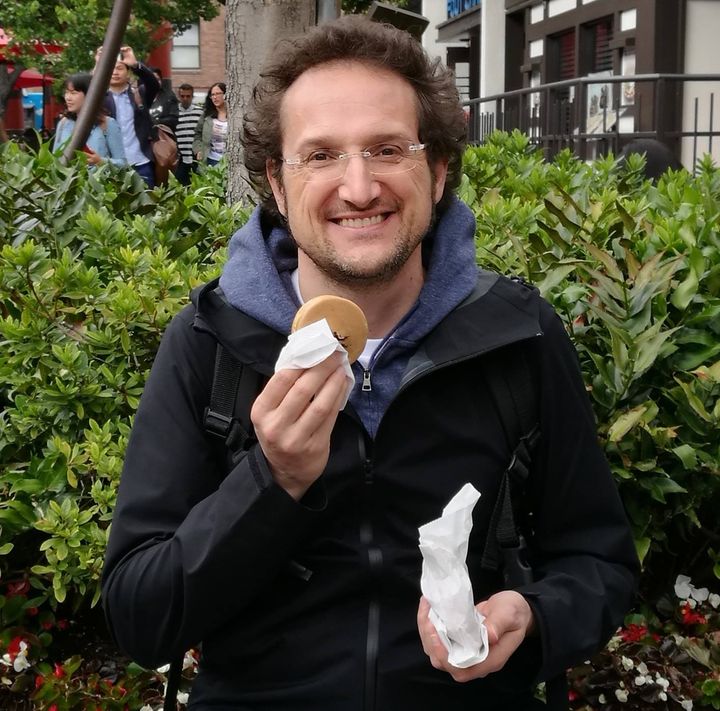I see this stuff in galleries all the time so some people must like it.
It looks really AI-generated to me. But I guess it is a form of digital art, not photography really.
I bet it is fun to do.
But I react to this stuff like you react to Cherubs. LOL.
A matter of taste, of course.
But I consider it photography rather than digital art on the grounds that there is nothing technique-wise that isn't standard photography.
+1
The same applies to any assembly of photographs, like focus stacking and frame averaging.
naaaah... I don't agree with that. One is just photography with realistic results trying to get more realistic DOF. The other is modern digital abstract random fuzzy art. I'm not knocking it at all. But it's not what we think of as photography. It's random graphic computer-generated art. Some of it is pretty cool. I don't dislike it. I bet it's fun to do.
It is not "graphic computer-generated art." It is an image a camera generates unless it does not support multiple exposures. It is being done on film and Polaroids. How can you call direct output from a film negative "computer-generated art?"
Most landscape photographs, including many of Ansel's images, are not "realistic." The reason is post-processing, where the photograph tunes the image to something corresponding to his vision, not reality.
I'm not overly conerned either way and it doesn't matter what I call it because no one cares.
You must care, because you went out of your way to pronounce it as non-photographic.
I didn't go out of my way. It was just another post. I don't think it's photography at all, but who cares? It's art, and I think he can sell it. I'm actually starting to kind of like it.
But that is not photography.
That is your opinion, although you have stated it in absolutist terms. It is not mine.
Every post I have ever made on DPR is just my opinion.
It's a sort of random digital art and just waiting to see what the computer sputs out.
There is no reason to be so dismissive.
I'm not being dismissive. It is really interesting art.
This is not the tuning of an image. Its pretty cool and sort of like when one of those modern artists takes vials of paint and throws it at a canvas.
More dismissiveness.
That's your opinion that I don't agree with because being dismissive was not my intent. You have asked me in the past to not interpret motive or intent in my posts. You just violated your own rule. Why the hostility Jim?
Do you think it's photography? I don't. But no one cares that I don't because it doesn't matter. I think it is digital art. Is that an insult?

























